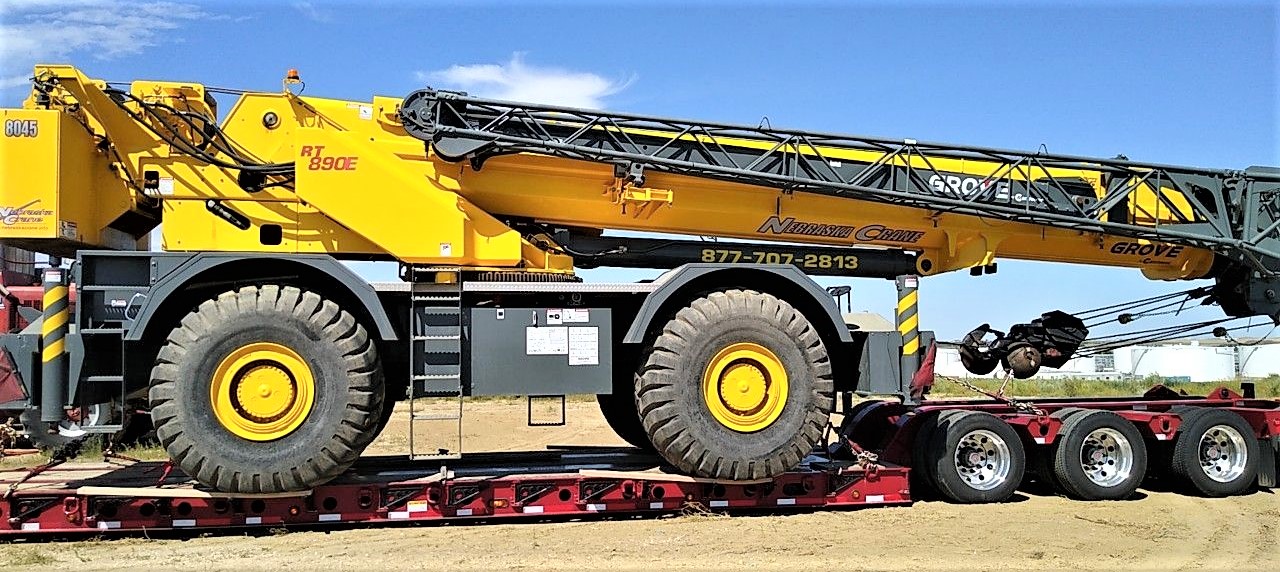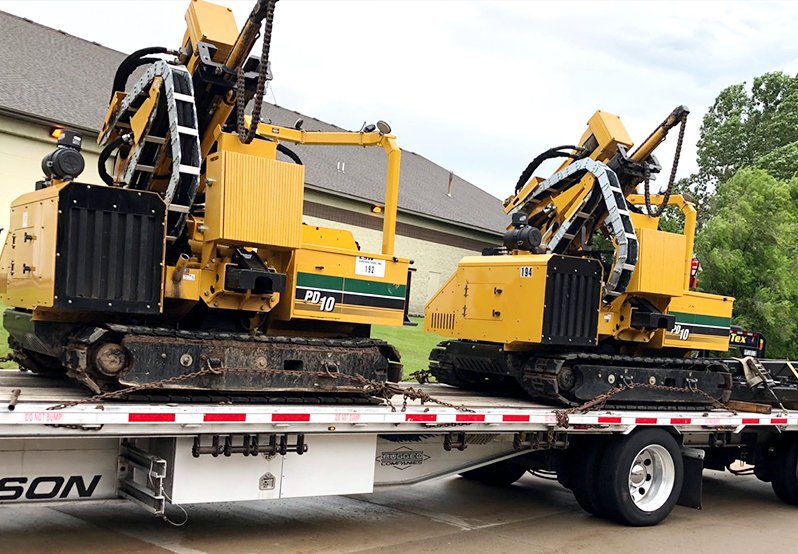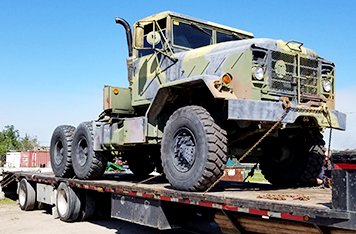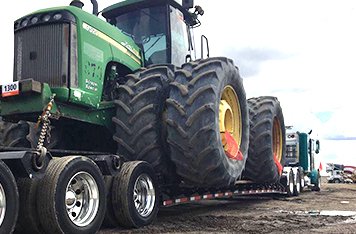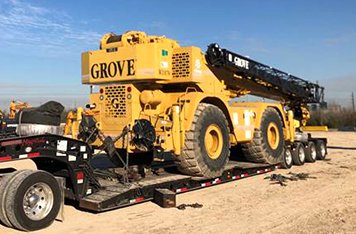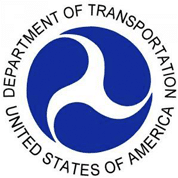Shipping heavy haul freight from North Dakota to West Virginia can be a challenging endeavor, with several key considerations to keep in mind. From understanding the route and the roads to planning for the weather and the potential for delays, truckers have to be prepared for the journey, no matter how large the haul. In this article, we’ll discuss some of the highways that are commonly used, the unique challenges that might be faced, the various weather conditions that might be encountered, and any other special considerations for truckers who are making the haul from North Dakota to West Virginia.
Highways Commonly Used for Heavy Hauls
When it comes to shipping heavy haul freight from North Dakota to West Virginia, there are a few highways that are commonly used. The most direct route is I-94, which runs from Bismarck to St. Paul and continues on to Chicago. From there, truckers can take I-90, which runs all the way to Pittsburgh. From Pittsburgh, they can then take I-79, which takes them to Charleston, West Virginia. This route also provides access to several other cities, including Fargo, Minneapolis, Madison, Cleveland, and Cincinnati. This route is the most direct and provides the most efficient way to get the freight to its destination.
Other options include I-29, which runs from Fargo to Sioux City, Iowa, and then continues on to Kansas City. From there, truckers can take I-70 to St. Louis and then take I-64 to Charleston. This route is a bit more circuitous, but it is still an efficient way to get the freight to its destination.
Challenges of the Journey
When shipping heavy haul freight from North Dakota to West Virginia, there are a few key challenges that truckers must be aware of. First, the terrain can be difficult, with long stretches of open road and few rest stops. This can make it difficult for truckers to stay alert and focused for the length of the journey. Additionally, the route can be treacherous in winter, with icy roads and potential for snowstorms or blizzards. This can make the journey even more difficult, as truckers must be prepared for any weather conditions they may face.
Truckers must also be aware of any potential delays. For example, traffic can be a major issue on some of the highways, particularly in larger cities. Additionally, truckers must be aware of any road closures or construction projects that could impede their journey. It’s important to plan ahead and be aware of any potential delays that could occur.
Weather Considerations
When shipping heavy haul freight from North Dakota to West Virginia, weather can be a major factor. In summer, truckers must be prepared for extreme heat, with temperatures reaching into the triple digits. This can make for a difficult journey, and it’s important to plan for frequent stops to ensure the safety of the driver and the freight. In winter, the weather can be just as treacherous, with icy roads and the potential for quickly changing weather conditions. Truckers must be prepared for the worst and be prepared to take the necessary steps to ensure a safe journey.
It’s important to note that weather can be unpredictable, and truckers must be prepared for anything. Even in summer, snowstorms and blizzards can occur, and in winter, temperatures can reach into the 70s. Truckers must always be aware of the potential for changing weather conditions and be prepared to adjust their route, if necessary.
Other Considerations
In addition to the highways and the weather, there are a few other considerations that truckers should keep in mind when shipping heavy haul freight from North Dakota to West Virginia. First, it’s important to be aware of any laws or regulations that might apply to truckers in the states they are traveling through. Additionally, truckers should always be aware of their surroundings and be prepared for any potential hazards that might be encountered on the journey. Finally, it’s important to plan ahead and be aware of any potential delays that could occur.
Shipping heavy haul freight from North Dakota to West Virginia can be a challenging endeavor, but with the right preparation and planning, it can be a safe and successful journey. By understanding the route and the roads, planning for the weather, and being aware of any potential delays, truckers can ensure that they get their freight to its destination on time and without issue.
